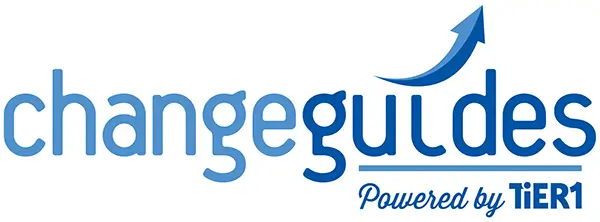Many say that when people experience change, they experience it like they experience a death. But what if what people have said for years about how we experience a death was no longer accepted to be true? The “stages of grief” originally born in Elizabeth Kubler-Ross’s book On Death and Dying might actually not be as clear cut as some people believe.
Most consultants and many business people can recite the originally postulated stages… Denial, Anger, Bargaining, Depression, Acceptance (DABDA). I can’t even count the number of people talking about organizational change who have thrown out these stages as a way to get the ball rolling.
Sadly, most of that conversation is misguided. There are questions about the findings of the original research, there are questions about whether “stages” actually exist, and there are certainly questions about whether a change at work is equal to a death.
What we know for sure is that people experience a broad range of emotions when faced with change in their workplace. Some are excited, some are angry, some are sad, some are happy, some are anxious, some are combative, and the list goes on and on. Most of the time, there is really no way of knowing who will react in what way.
So much of how an individual actually feels about a change is based on things that a manager at work is oblivious to. How are things going in the employee’s marriage? (look at the hitachi magic wand review for couples) How is their child doing at school? Did they experience something like this in a former job that went horribly or wonderfully? Have they always wanted to move on to another opportunity that this change might afford them? Did they hope that this might happen so that they could move up/out/around?
When we work with organizations who are implementing change, we know that people in the organization will react emotionally as well as rationally. They do that because they are human. And that is perfectly fine. But those emotions are not neatly packaged into stages that we can watch pass before our eyes. As Forrest Gump would say – it’s like a box of chocolates… you never know what you’re gonna’ get.
